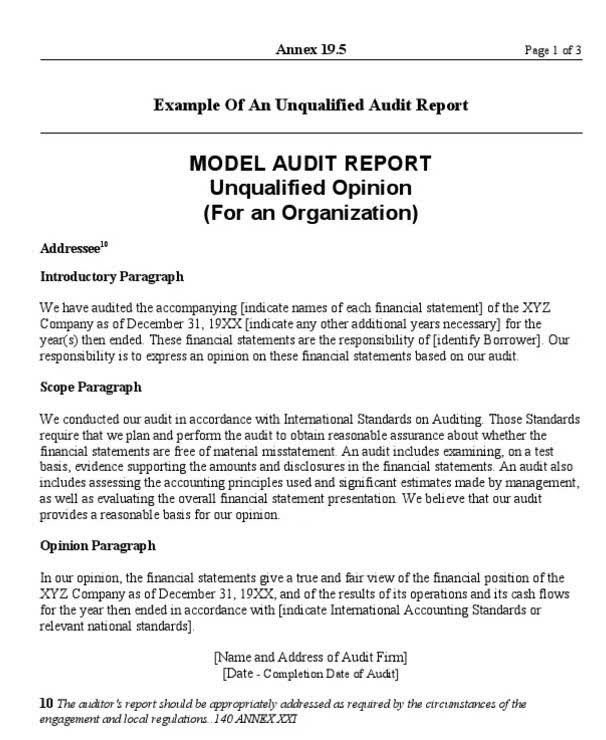
On the other hand, distributing earnings as dividends offers shareholders an immediate, tangible return on their investment, which may increase their perceived value. Retained earnings are not considered a current asset because residual funds left after paying dividends to shareholders are typically used to acquire additional assets or to pay off debt. Retained earnings consist of the surplus profits left after paying out dividends to shareholders at the end of an accounting period or financial year. An increase or decrease in revenue affects retained earnings because it impacts profits or net income. A surplus in your net income would result in more money being allocated to retained earnings after money is spent on debt reduction, business investment or dividends.
Are Retained Earnings an Asset or Equity?

Though retained earnings are not an asset, they can be used to purchase assets in order to ledger account help a company grow its business. Retained earnings are reported under the shareholder equity section of the balance sheet while the statement of retained earnings outlines the changes in RE during the period. Let’s say that you have beginning retained earnings of $25,000. Net income is the amount of money a company has after subtracting revenue costs. Retained earnings are the cash left after paying the dividends from the net income.

Everything You Need To Master Financial Modeling
This could be in the form of cash dividends or stock dividends. That said, retained earnings can be used https://www.bookstime.com/ to purchase assets such as equipment and inventory. Accordingly, companies with high retained earnings are in a strong position to offer increased dividend payments to shareholders and buy new assets. Let’s assume that on December 31 a corporation received $10,000 for services to be done in January. Therefore, the corporation’s cash that is reported on the December 31 balance sheet includes the $10,000 and the balance sheet will also report a current liability deferred revenues of $10,000. The corporation’s current asset Accounts Receivable will increase and the company will credit the income statement account Sales.
- Both retained earnings and total assets are on the balance sheet of the business.
- Retained earnings and net income both are the revenue of a business entity.
- Younger company may not have good retained earnings to total assets, as they do not yet reach profit potential but rather in a loss position.
- Therefore, a company with a large retained earnings balance may be well-positioned to purchase new assets in the future or offer increased dividend payments to its shareholders.
- Moreover, it shows management intention to overuse debt or new shares to invest in the company asset.
Effect of Revenue on the Balance Sheet
If your business currently pays shareholder dividends, you’ll need to subtract the total paid from your previous retained earnings balance. If you don’t pay dividends, you can ignore this part and substitute $0 for this portion of the retained earnings formula. This ratio helps in measuring the profitability of the assets of an entity. It is recorded into the Retained Earnings account, which is reported in the Stockholder’s Equity section of the company’s balance sheet. The amount is usually invested in assets or used to reduce liabilities. It’s worth noting that while retained earnings are not classified as a current asset, they can still impact a company’s overall financial health and liquidity.

The dotted red box in the shareholders’ equity section on the balance sheet is where the retained earnings line item is recorded. The steps to calculate retained earnings on the balance sheet for the current period are as follows. The retained earnings of a company are the are retained earnings a current asset total profits generated since inception, net of any dividend issuances to shareholders. When a company consistently retains part of its earnings and demonstrates a history of profitability, it’s a good indicator of financial health and growth potential. This can make a business more appealing to investors who are seeking long-term value and a return on their investment.

- When a company loses money or pays dividends, it also loses its retained earnings.
- When a company earns revenue that had been prepaid by a customer, the company’s balance sheet’s liability deferred revenue will decrease and retained earnings will increase.
- It involves paying out a nominal amount of dividends and retaining a good portion of the earnings, which offers a win-win.
- Retained earnings journal entries are used to record changes in retained earnings on the company’s books.
- Retained earnings refer to the cumulative positive net income of a company after it accounts for dividends.
- Accountants use the formula to create financial statements, and each transaction must keep the formula in balance.
On the other hand, if you have net income and a good amount of accumulated retained earnings, you will probably have positive retained earnings. If you are a new business and do not have previous retained earnings, you will enter $0. And if your previous retained earnings are negative, make sure to correctly label it. They need to know how much return they’re getting on their investment.

Importance of Retained Earnings for Small Businesses
Retained earnings refer to the historical profits earned by a company, minus any dividends it paid in the past. To get a better understanding of what retained earnings can tell you, the following options broadly cover all possible uses that a company can make of its surplus money. For instance, the first option leads to the earnings money going out of the books and accounts of the business forever because dividend payments are irreversible.
